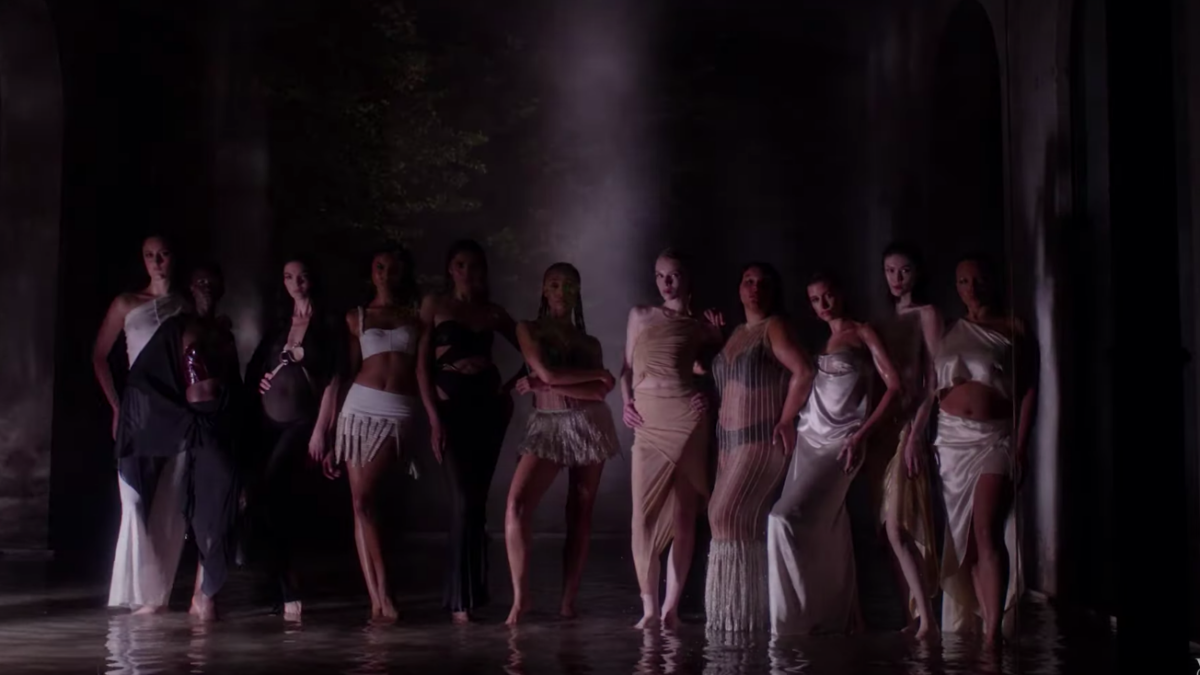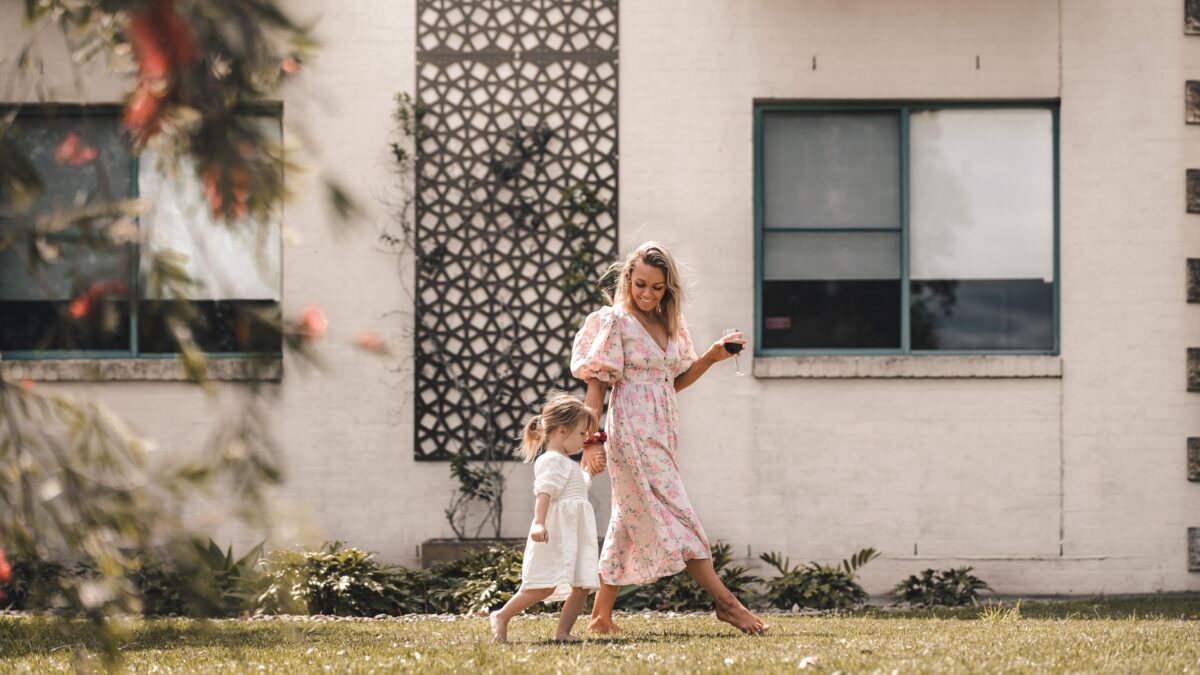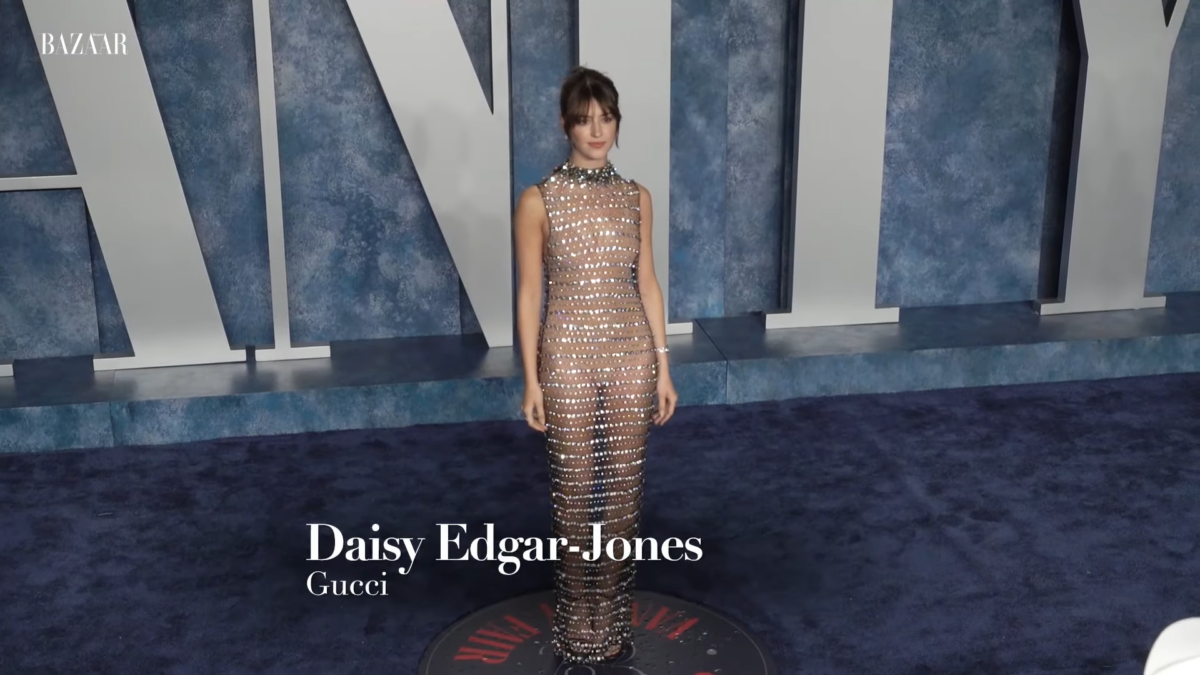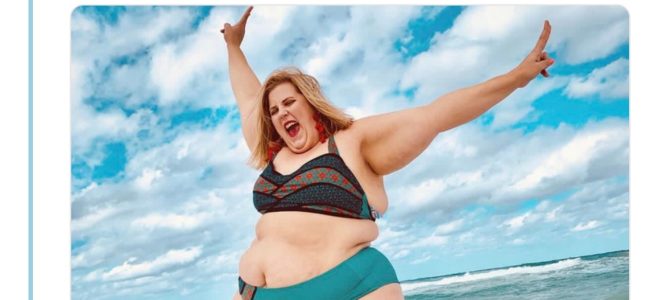
Since time immemorial, artists were tasked with creating beauty, and they have gifted us many different ideals of perfection. Standards of beauty shift significantly, of course — baroque beauties were nothing like Twiggy — but they always exist as standards. Or, in any event, they have existed, until now.
Beauty has largely symbiotic relationship with power. Because power amplifies attraction, prominently positioned individuals have the ability to shape our perception of what is comely and fashionable — think, for instance, of Jackie O popularizing pillbox hats.
Yet at times fashion can make an unexpected about-face, and pay homage to those out of power. That happened during the French Revolution, when women began wearing red chokers around their necks to show solidarity with Marie Antoinette, the queen who died on the guillotine.
The rich and powerful can spend considerable resources on good looks, yet so often we plebs just shrug our shoulders, or worse laugh at their attempts to hold on to the last moments of youth or sell themselves as trendsetters. Beauty is elusive.
When all else fails, there is always the option of finding a master to create an alluring picture. When 17th-century Spanish artist Diego Velasquez painted Infanta Margaret Theresa, a not at all beautiful girl, he had her dressed in most elaborate radiant gowns. In “Las Meninas,” she is surrounded by ladies of the court, at least elevating her status, if not transforming her into a beauty.
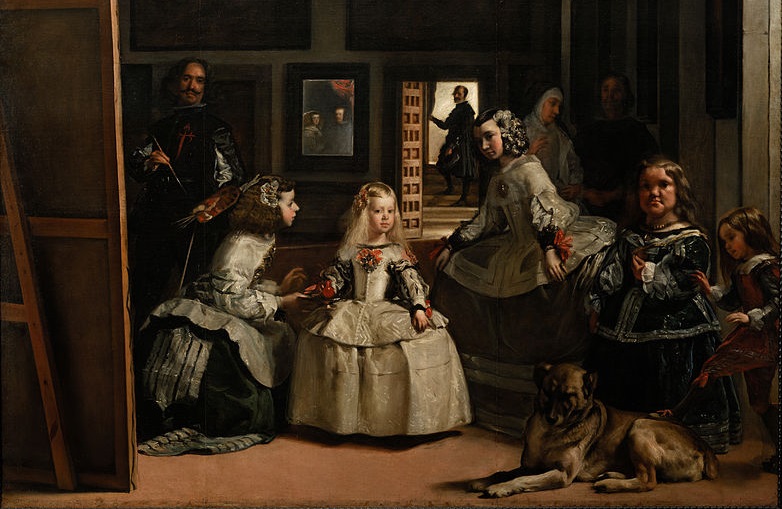
A dwarf positioned next to the princess makes her features appear more regular. The composition is clever and enigmatic on many levels. It succeeds in presenting Margaret Theresa in a realistic yet visually enticing manner. When contemporary photographers are called up by politically ascendant intersectional groups to “expand our definitions of beauty,” they follow in Vasquez’s steps.
Dove’s #ShowUs campaign is quite a workout for photographers’ skills. Declaring itself “the home of real beauty,” the soap company explained its mission:
For over a decade, we’ve been working to make beauty a source of confidence, not anxiety, and here’s where the journey continues.
Beauty is not defined by shape, size or color – it’s feeling like the best version of yourself. Authentic. Unique. Real. Which is why we’ve made sure our site reflects that. Every image you see here features women cast from real life. A real life version of beauty.
Dove proceeded posting pictures of real people, and inviting customers to upload their own. The portraits capture individuals of all ages and races, some exceptionally good-looking, but most not so much. As far as appearances are concerned, attractiveness is evened out in the mix. The pictures are all brilliantly executed, and should be considered top-notch examples of photojournalism.
https://www.youtube.com/watch?time_continue=99&v=7OufbVVpqV0
Very few of the images of women captured in the campaign can be considered aspirational. Unlike Benetton ads that selected a few distinct facial types, all enhancing each other’s uniqueness, Dove published simply too many faces without any coherent theme, so the viewer can’t decipher any sort of aesthetic continuity. The whole exercise projects aura of a group therapy session, to get rid of that “anxiety” or insecurity a lady might feel when exposed to an image of someone truly beautiful.
The featured individuals are often describe themselves as “strong,” and strong, I am told, is the new pretty. What I don’t understand, however, is why some of these strong women have the need to lie to themselves about being beautiful. A more grownup move would be to continue working on being decent-looking while developing other qualities, like kindness and intelligence.
Look, I get the idea of “non-traditional beauty,” and all my life I’ve styled myself in ways that push the envelope. My latest fashion dilemma was to figure out if I want to die my hair or let the roots grow out. I finally decided on dyeing, because I don’t want to be infringing on the look already patented by Batya Ungar-Sargon.
Even though there is more than one way of being beautiful, to have a notion of beauty at all, in order for beauty to have a meaning, we need to define it in opposition to something else that falls short. Experience of beauty is sublime, and all experiences can’t feel this way.
Razor makers challenge soap makers at assaulting beauty. To follow up on its lecture on toxic masculinity that aired a few months ago, Gillette tweeted a picture of an “unapologetic” obese woman presumably in the market to buy their Venus products. Strange, their “be the best a man can be” wokeness extravaganza featured gratuitous amount of scantily clad heteronormatively hot young women, which makes me believe that the toiletries makers are more manipulative than we give them credit for.
https://twitter.com/GilletteVenus/status/1113565570354409473
When I look at the image of their “fat-positive” model standing knee-deep in water, again, I have to admire photographer’s skill. The rules of the game work against him: he can’t pose the girl so that her body appears slim, or smooth out the cellulite on Photoshop. Yet, with the proper application of color and composition, he did his best to drive attention away from the heft.
The model’s cascading fats melt away into the sea foam, and the lines created by the edges of her arms direct the eye towards the crisp red of the lipstick on her mouth, which also happens to be the only non-voluptuous part on her. Next we notice the slimming dangling earrings and the relatively small chest. I see that ad not as an attempt to celebrate fatness, but as an effort to normalize it.
Many noted the body type in question is fantastically unhealthy. Yet beautiful is not necessarily the same as healthy. Don’t forget Victorian consumption chic, when famished, delicate flowers with pale skin, flushed cheeks, red lips, and bright eyes suffering from tuberculosis were considered most desired.
When intersectional activists try to get populist on beauty, proposing the idea that every woman is beautiful, they fail to acknowledge that historically beauty ideals have been rare, impossible, and often painful and unnatural (see corsets, foot binding, and neck elongating). There is beauty in real people inasmuch as inner beauty shines through the vessel that is human body, but the ideals of beauty trend unreal.
Contrary to fatness activists’ protests, Western patriarchy is not oppressing them. Western patriarchy keeps their unhealthy bodies alive (I realize medical conditions may make it impossible for some people to lose weight).
There is something incredibly sad about women demanding to be seen as beautiful. There is something wrongheaded about the assumption that beauty ideals do not arise in a society but are simply imposed by the fashion business, and that political clout can be exchanged for feeling good about one’s looks. It’s a simplistic view of beauty, a simplistic view of power, and questionable psychotherapy.
I’m pretty old-school about it all. I want airbrushed women to sell me my makeup. I know they are not real, and I keep that in mind. I also teach my daughter that the advertisements are heavily edited, and that it’s there to please our eyes, but models don’t make the same impression in real life—not Dove models, not Gillette models.
As for Dove, I would like for them to make soap that doesn’t dry out my skin.


